By Emma Blane |
04 Dec 2024
Changing with the Times: ‘Dress-Up’ talc costume Miniatures since the Seventeenth Century
Though these may seem like trivial items today, meant for a bit of fun, or to allow children to experiment with fashion, dress-up dolls like these have a distant, and more serious, predecessor, of which The Limner Company has recently offered for sale. This comes in the form of Miniature of Charles I (1600-1649) (fig.1), in a set with 16 costume ‘mica’ talcs, that can be laid on top of the miniature to, it could be said, dress him up.
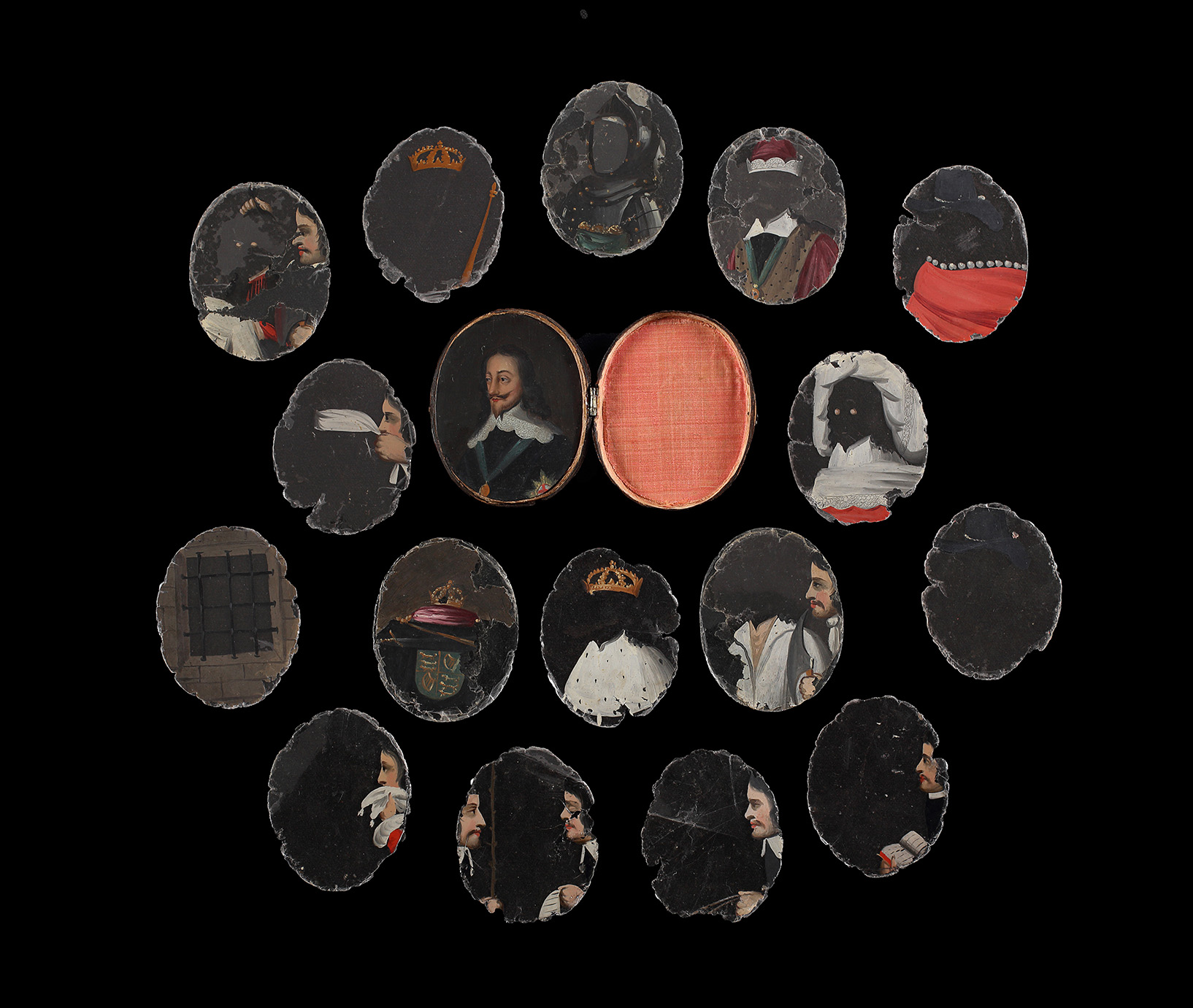
Fig. 1. The Limner Company, ENGLISH SCHOOL, 17th Century, An Oil Portrait of Charles I (1600-1649) with 16 Costume ‘mica’ talcs, circa 1650.
This set of costume talcs is one of the largest to be offered for sale in recent years, and is especially rare that the costume overlays all appear to belong to the same, original set. Other examples of these types of miniatures exist in the collections of public institutions across the world, including the National Portrait Gallery and the Isabella Stewart Gardner Museum. There are two of these sets, depicting both Charles and his wife, Henrietta Maria (1609-1669) (fig.2), currently on display at Compton Verney for the major portrait miniatures exhibition, The Reflected Self: Portrait Miniatures, 1540-1850. As is traditionally the case with miniatures, these objects push the boundaries of just being intended for visual enjoyment, and also have their own function as a physical object. In the case of costume talc sets, however, this function is one that varies, and is particularly intriguing. Looking at the set being offered by The Limner Company alongside other examples, these functions will be outlined here.
What is ‘mica’ talc?
When scouring the internet for other examples of these sets, a large number of results came up for ‘mica’ and ‘talc’ as the material that the overlays are made from. Though we may associate ‘talc’ with baby powder, it can also be found in a solid mineral form. Mica is a mineral that is closely related to talc, and is hence a more specific description of the material being used to create these sets. In the period in which these miniatures were produced, the two words were used interchangeably, hence the use of both in their contemporary English name. This also provides some difficulty in sourcing these sets, given that they are called many different things in historical documents. In France, for example, they are often called ‘Metamorphoses’, and English collections will switch between calling them ‘talc’ and ‘mica’ and ‘overlays’.
Micas are silicate minerals, and, usefully, split into fine, clear sheets like those that are painted on to create the costume element of these sets. Today, the material’s main application is in the electrical industry [1], due to its ability to both insulate and conduct, and to be cut so finely. Such a use means that it is now mined widely, across about 35 countries. In the seventeenth century, however, when the earliest of these miniatures appeared, mica was a rare and expensive material that would have required a large amount of manual labour to source and prepare. Given the thin nature of the sheets of this mineral, and the fact that these were meant to be handled, it is also surprising that any sets of overlays still exist today.
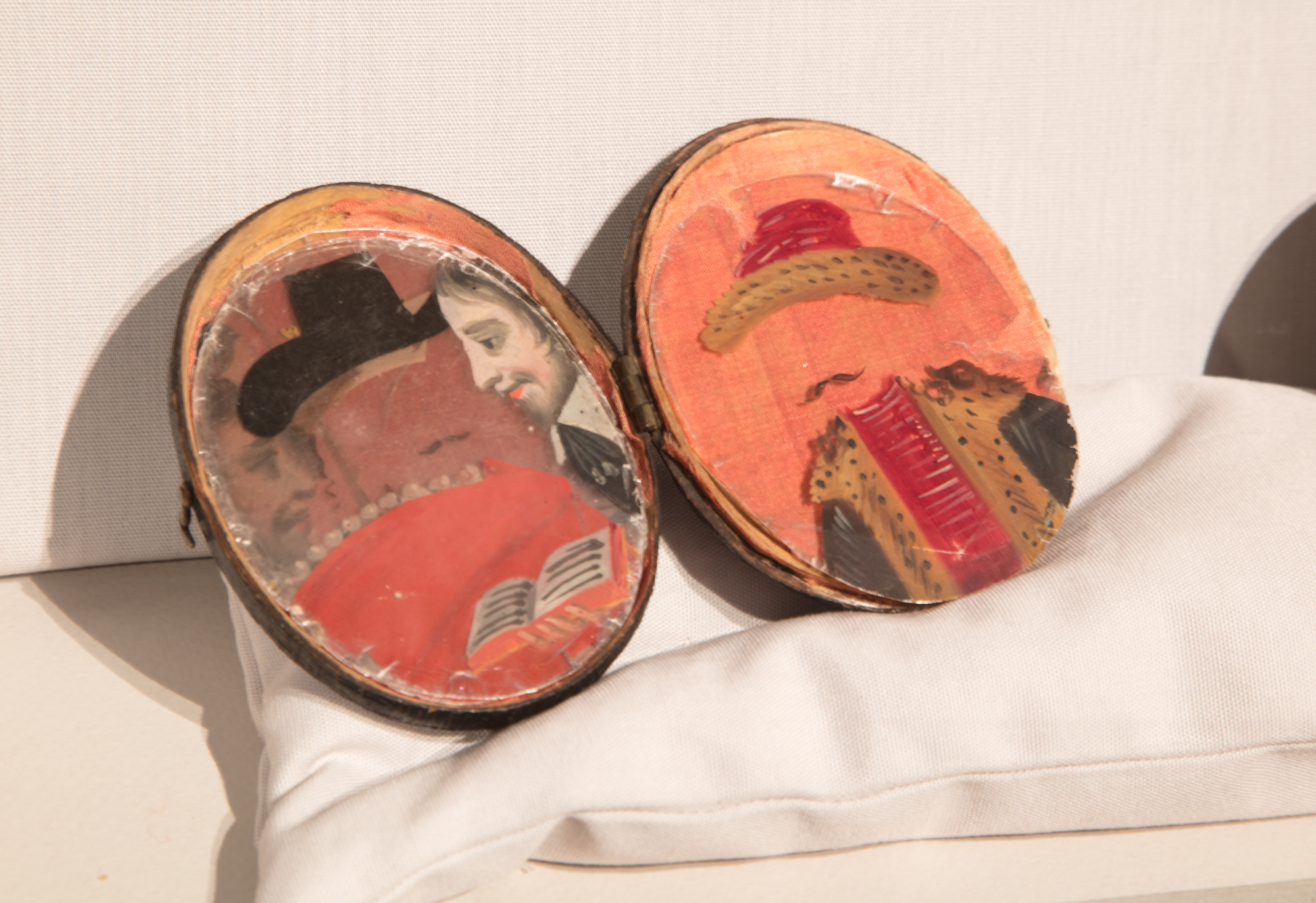
Fig. 2. English School, A pair of ‘talc’ miniatures of Charles I (1600-49) and a Lady, possibly Queen Henrietta Maria (1609-69), currently on display at Compton Verney, in The Reflected Self: Portrait Miniatures 1540-1850.
An insight into the function of these miniatures: A set of 16 costume overlays and an oil portrait of Charles I
It is perhaps easiest to explain the function of these miniatures by looking at the set that is currently available with The Limner Company (fig. 1). This example depicts Charles I with sixteen separate ‘costumes’, all related to his imprisonment, execution, and martyrdom. To fully understand the attitude taken by those creating and using this miniature, it is important to understand the context in which it was created. Made in around 1650, the year following the execution of the King under the order of Oliver Cromwell (1559-1658), the creator of this set was following the popular trend of the time of honouring the recently deceased King as a martyr. The costumes he is wearing were not meant to humiliate, but to show a level of respect as the owner could, in a specific order, place the different overlays upon the oil miniature of the king and reflect upon what had happened to him so recently.
The majority of the existing sets of these items contain the same ‘costumes’, which include a suit of armour, and a red cloak paired with a broad-brimmed black hat. Furthermore, some of the talcs are not just costumes but are small painted scenes that Charles can be placed within. Examples of this include the prison cell, and, within a set in the Royal Collection [2], a scene in which Charles is represented as a martyr, intended to be placed as the final overlay in the cycle.
This function is generally agreed upon by scholars and curators, even if the level of seriosity is one that strikes the modern mind as being quite odd. Because of the childish and trivial associations we have with dress-up dolls today, it can be difficult to grasp the fact that this miniature was not just meant to show the king in silly and, in some cases, scary, get-ups (take the overlay that shows Charles with a severed head). However, we have to take into account that the outfits were contemporary, when this miniature was created, so were the equivalent to someone creating a dress-up book of Donald Trump [3] wearing his most recognisable outfits today This was how the King’s subjects expected to see him, and at this point in time remembered him. [4]
Other seventeenth-century examples of costume miniatures
Charles I was not the only sitter to be depicted within this particular miniature format, and sets of talcs like these began to appear commonly from around 1650 onwards. However, from the information that we have about these other sets it is clear that they were not always intended to have the same, serious and reflective, function. In fact, some of these sets of talcs appear to have some similarities to the entertaining functions of dress-up dolls today.
In both the Royal Collection Trust [5] and the Display of mica talc miniatures at Compton Verney, there are miniatures of Charles I’s wife, Henrietta Maria, alongside those of the fallen king. Henrietta Maria’s fate was different to the King’s- she was not executed and instead remained in her home country of France, not returning to England until the restoration of the crown in 1660. Henrietta had married Charles at the age of 16, and throughout her marriage to Charles had not been entirely liked by her subjects. This was partially due to her faith- she was a devout Catholic at a time in which this was seen as a threat to the monarchy- the gunpowder plot was still fresh in the minds of many, and had been against her husband’s father.
It is important to keep this narrative in mind when trying to decipher the meaning behind the numerous costume talc miniatures that were produced of Henrietta. In contrast to her husband, she was not seen as a hero, or a martyr. Historiographically speaking, she has instead been seen for a long time as part of the reason for the King’s demise, though more recent historical works have dampened this claim. It seems unlikely, then, that a set of costume talcs would be intended to have had the same purpose than an equivalent one of her husband.
Some of the costumes she is paired with do point to specific moments in her life, such as the mourning costume within a set sold at Christie’s in 2006 [6]. A set sold at Dreweatts in 2015 [7] also includes a ermine collar robe and crown for her to wear- a reminder of her position in the Monarchy. Furthermore, a lot of the more interesting costumes, such as one that includes a mask and colourful fabric adorning her hair from the Royal Collection Trust, may be a hint towards the Queen’s participation in masques during her time at court. However, it is evident that there is not one chronological narrative being told by these costumes, which also vary much more set by set than those for her husband. Instead, it appears that this set was more intended just to allow the owner to play a game of ‘dress up’, and that this was a more trivial object than that currently being sold by The Limner Company. This is further supported by the fact that there are no ‘scenes’ in known examples, as her husband is provided with.
A similar intention can be found in a set of costume talcs now in the Stewart Gardner Museum, Massachusetts, for which the base miniature is a nude portrait of a woman (fig. 3). Also dating from the mid to late-seventeenth century, this set of miniatures is similar to that of Henrietta Maria given that they can clearly be used to dress the woman up. However, this set seems to go a step further in the costumes that are provided to dress the unknown sitter, and to quite literally dress her, given that the oil portrait is of her unclothed. Her costumes, of which there are 23, include a lion’s head which can be tied under her chin (fig. 3), and a rather intriguing get-up in which she wears an outfit with a lawn collar, red cap, and holds a chicken on some form of stick or pole. Apart from the fact that they all appear to have come from the same era of fashion, and that they belong in the same set, these costumes do not really have an obvious link. One suggestion would be that the sitter was not always unknown, and was possibly an actress, these costumes being examples from the roles she played throughout her career, or that they represent masques that she was involved in. Otherwise, it may be sensible to suggest that this was a miniature purely intended to allow someone to experiment and play with the outfits that she wears.
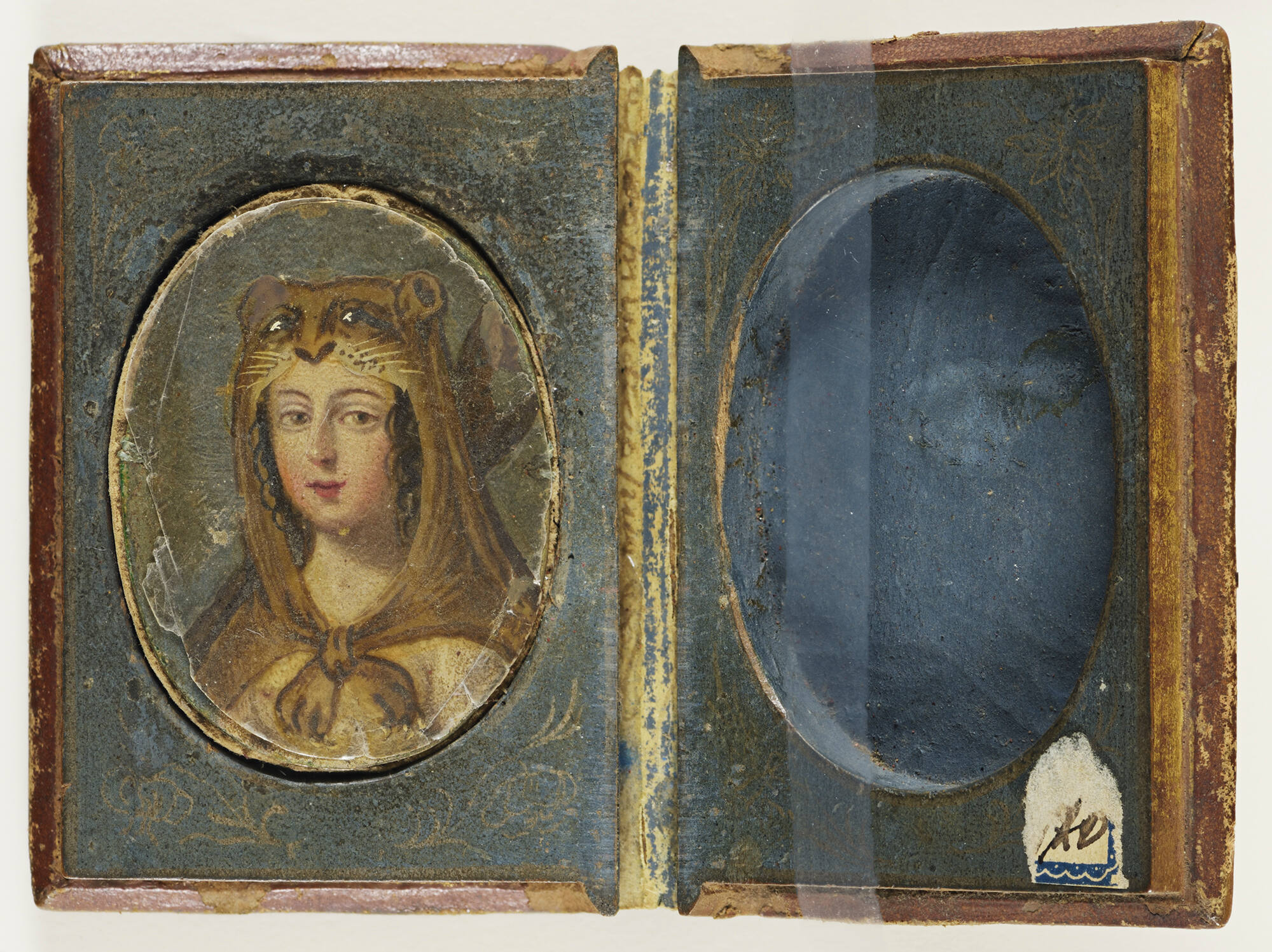
Fig. 3. Stewart Gardner Museum, Massachussetts, European, Portrait Miniature with Twenty-Three Costumes, 1650-1700, collection number U18e124.a-x. Online: https://www.gardnermuseum.org/experience/collection/15800.
One final example from this period shows a slightly different perspective, perhaps closer to that taken when looking at the miniature of Charles I. In the Nordic National Museum [8], there is a set of mica talcs of Queen Christina of Sweden (1626-1689) (fig.4). Christina had become Queen at the age of six, and led an extremely interesting and varied life. In 1654, she abdicated, converted to Catholicism, and moved south, where she became a favourite of Pope Alexander VII (1599-1667). Throughout her life she was known for being both highly educated and engaged in the arts and learning. Furthermore, and a fact that is possibly more relevant to the context of this costume talc set, is the fact that she was often commented on as having masculine traits, and wearing men’s clothes. In one set of the miniatures, she is pictured wearing a wide-brimmed hat, and as having a moustache. It is possible, then, that this is not just an example of ‘dressing up’ and is instead meant to record an outfit that Christina was actually known to have worn. This is further supported by the fact that she is said to have left Sweden after her abdication wearing men’s clothes.
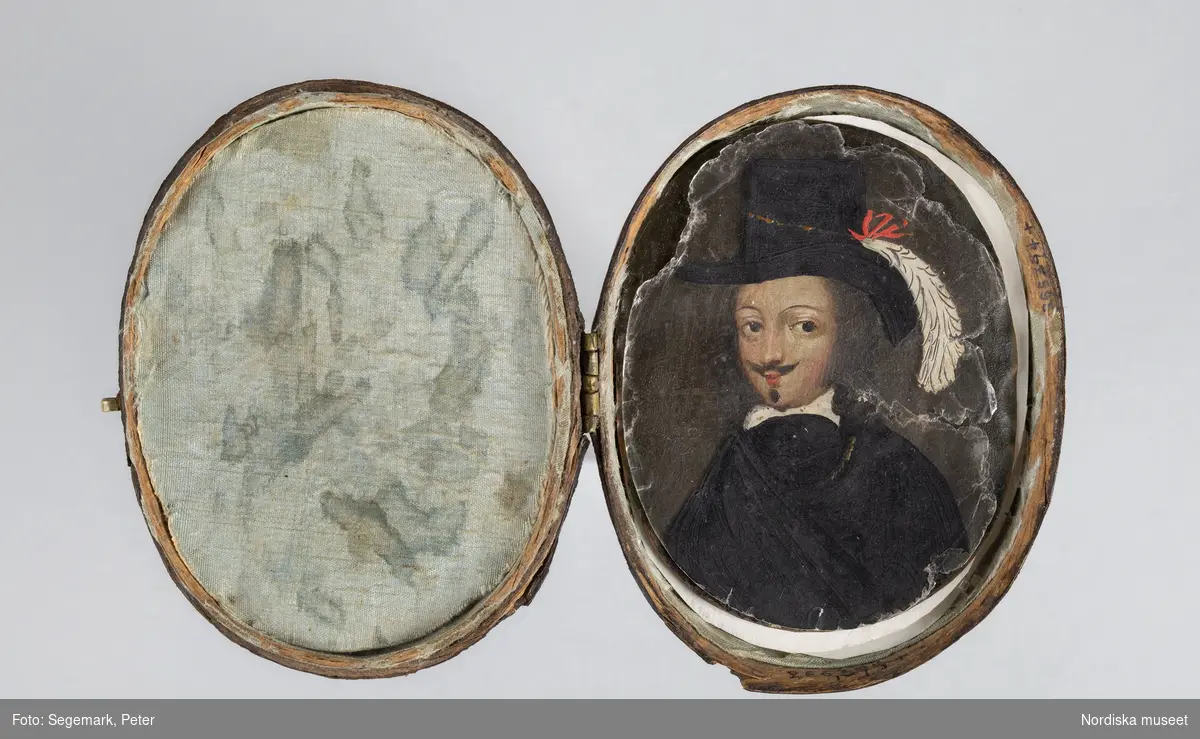
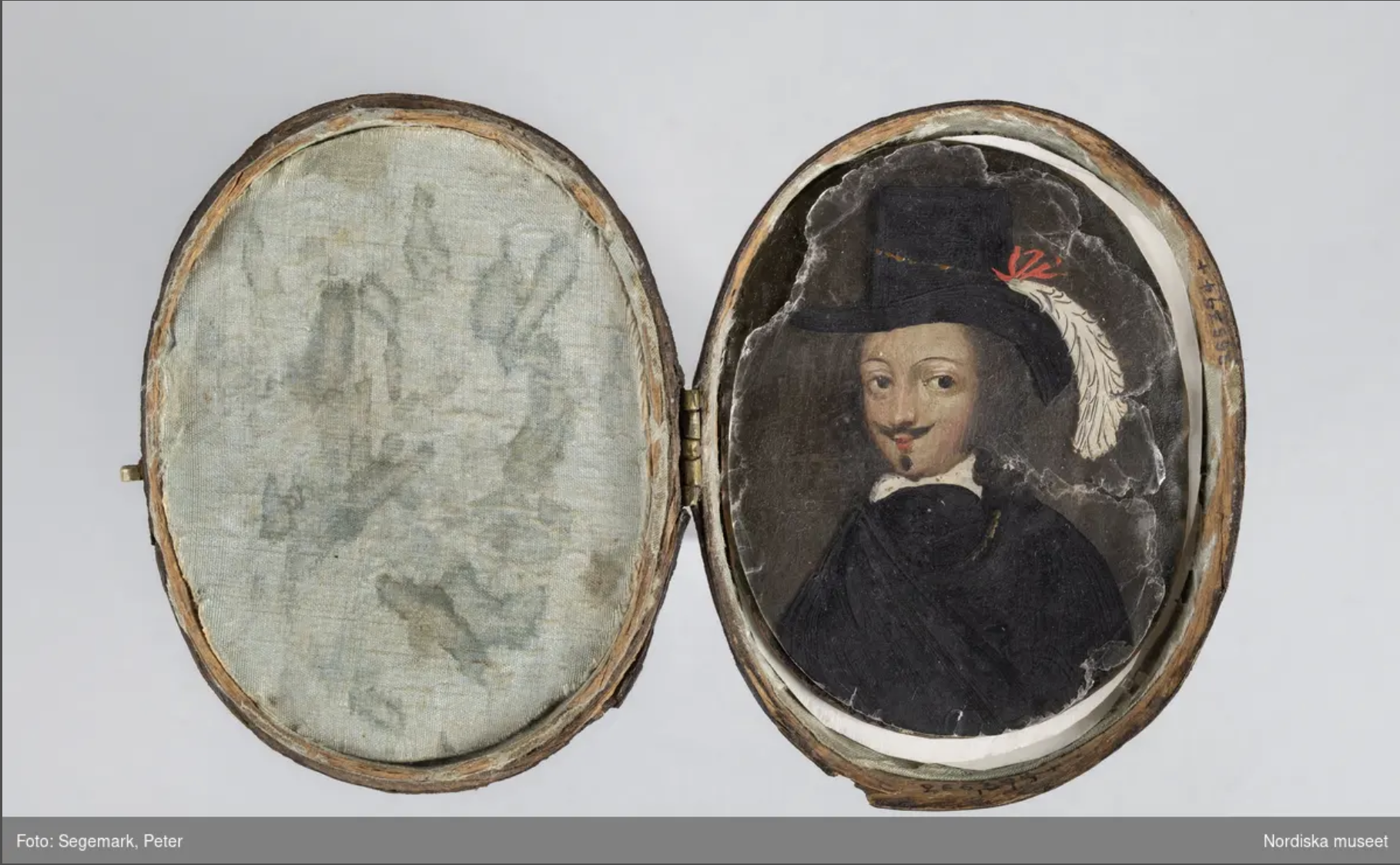
Fig. 4. Nordiska Museet, Kläddocka, Jmfr. med inv.nr 81.682. Online: https://digitaltmuseum.se/011023771548/kladdocka.
Still, many of the other costumes in these sets are, as with the set for Henrietta Maria, just fashions of the time, or ‘dress up’ outfits. Though there is a hint towards the narrative provided by Charles’ set, the lack of props and other items than just clothes makes this, as the other sets of women are, more trivial than intended to tell a story.
A Nineteenth-Century example of a costume talc set at the Royal Collection Trust
There are two particular nineteenth-century examples of sets of costume talcs in the royal collection that provide another insight into how these may have been used. Both of these sets allow the user to overlay outfits on to Princess Charlotte of Wales (1796-1817) [9] (fig.5). Charlotte was the granddaughter of George III (1738-1820), and was the heir to the throne through her father, who would later become George IV (1762-1830). Her mother, Caroline of Brunswick (1768-1821), did not get along with Charlotte’s father, and had been banned from seeing her at a young age. Tragically, Charlotte died during childbirth at the age of 21.
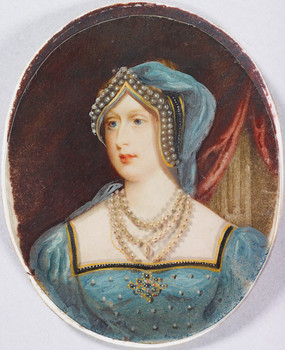
Fig. 5. Royal Collection Trust, London, Denis Brownell Murphy (c. 1745-1842), Princess Charlotte of Wales (1796-1817), RCIN 422233. Online: https://www.rct.uk/collection/search#/2/collection/422233/princess-charlotte-of-wales-1796-1817 .
This miniature, according to a date on the back, was created three years before the Princess’ death, in 1814. It is also the only set of costume talcs discussed here which can actually be connected to an artist- Denis Brownell Murphy (c. 1745-1842). He had been appointed as Painter in Ordinary to Charlotte in 1810, so these would have been produced as part of this role. It is clear from looking at the costumes provided with the miniature that this was meant to be a set through which you could dress Charlotte up, specifically in outfits from the past- there is a blue dress paired with a gable hood, and an outfit with a ruff collar that looks close to the fashion of the Elizabethan period. Furthermore, the set contains two military uniforms, and a set of armour. Given the provenance of the set, it can be assumed that this was intended as something that could be used to provide some entertainment to the Princess or those that knew her, which would make sense given that she was still a young woman when the item was produced. It is also possible that Charlotte was aware of the other costume talc sets that were in the Royal Collection, and wished to have one made of her.
Through these different examples of costume talc sets, mainly from the period in which they were first popularised in the seventeenth century, it is possible to see how these items were made for different purposes, and how these may have been impacted by assumptions of gender. Over time, such sets became increasingly trivial, even if this was not the intention when some of the first sets depicting Charles I were created.
In the case of a nineteenth-century example depicting Princess Charlotte, it can be suggested that there are more parallels with the dress-up books of today. Often designed for children, these allow for entertainment and creativity within fashion, dressing figures up in unusual and interesting outfits. How different, after all, is this to dressing up the miniature in the Stewart Gardner Museum in a lion’s skin?
[1] From the British Mica Website. Accessed 30/11/2024 at https://britishmica.co.uk/services/mica/.
[2] Royal Collection Trust, British School, 17th Century, Charles I, RCIN 422098. Online: https://www.rct.uk/collection/search#/20/collection/422098/charles-i-1600-1649.
[3] For example, N. Mackie, ‘Let’s Dress Donald!’, 2024.
[4] To read more on this set of costume talcs, see our online catalogue entry here.
[5] Royal Collection Trust, British School, 17th century, Set of mica overlays and miniature of Henrietta Maria (1609-1669), RCIN 422348. Online: https://www.rct.uk/collection/422348/set-of-mica-overlays-and-miniature-of-henrietta-maria-1609-1669 .
[6] Christie’s, London, Important Gold Boxes and Portrait Miniatures, 28 November 2006, lot 91.
[7] Dreweatts, Iconic Jewels and Treasures, 4-7 December 2015, lot 116.
[8] Nordiska Museet, Kläddocka, Jmfr. med inv.nr 81.682. Online: https://digitaltmuseum.se/011023771548/kladdocka.
[9] Royal Collection Trust, London, Denis Brownell Murphy (c. 1745-1842), Princess Charlotte of Wales (1796-1817), RCIN 422233. Online: https://www.rct.uk/collection/search#/2/collection/422233/princess-charlotte-of-wales-1796-1817 .







